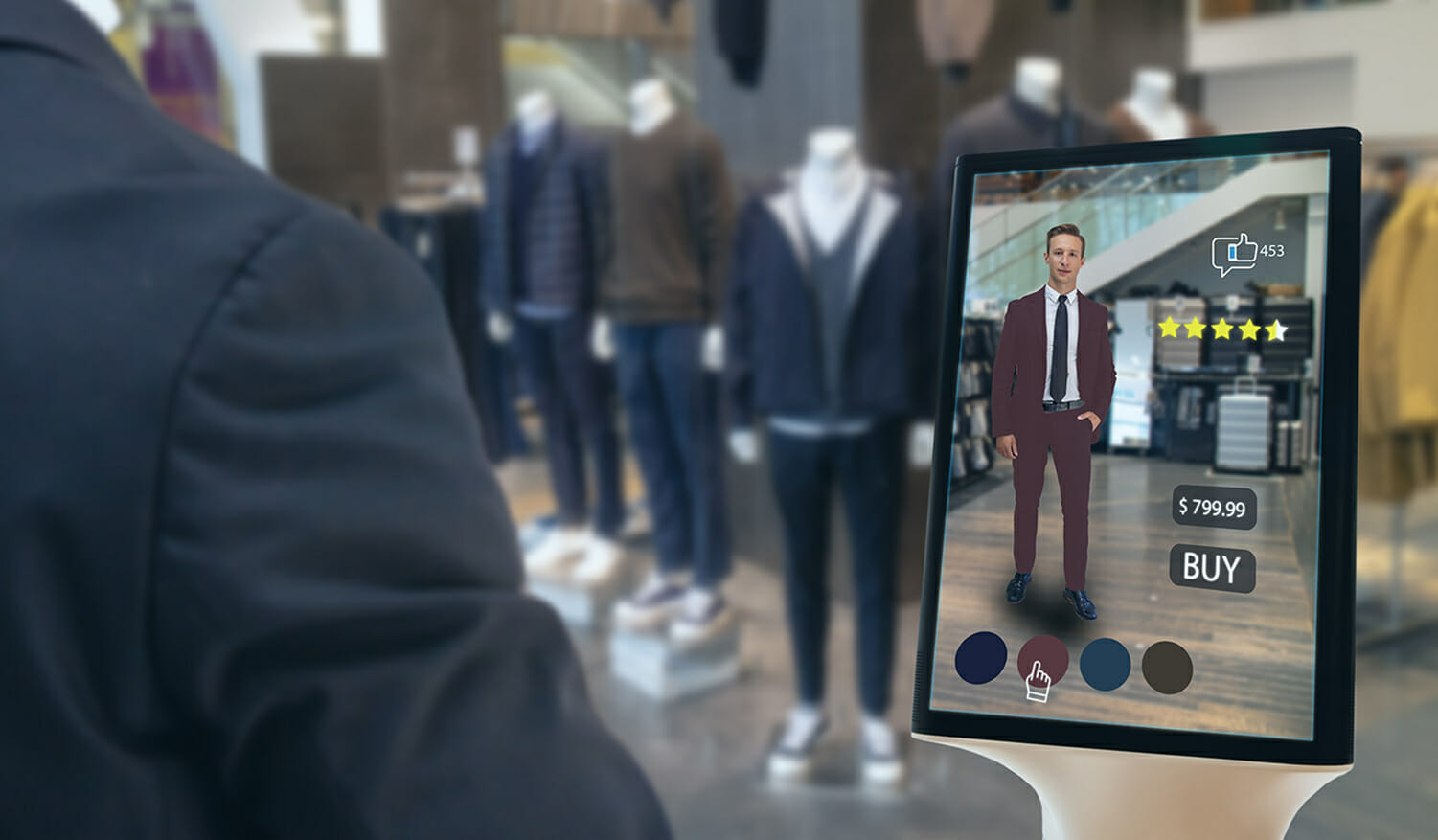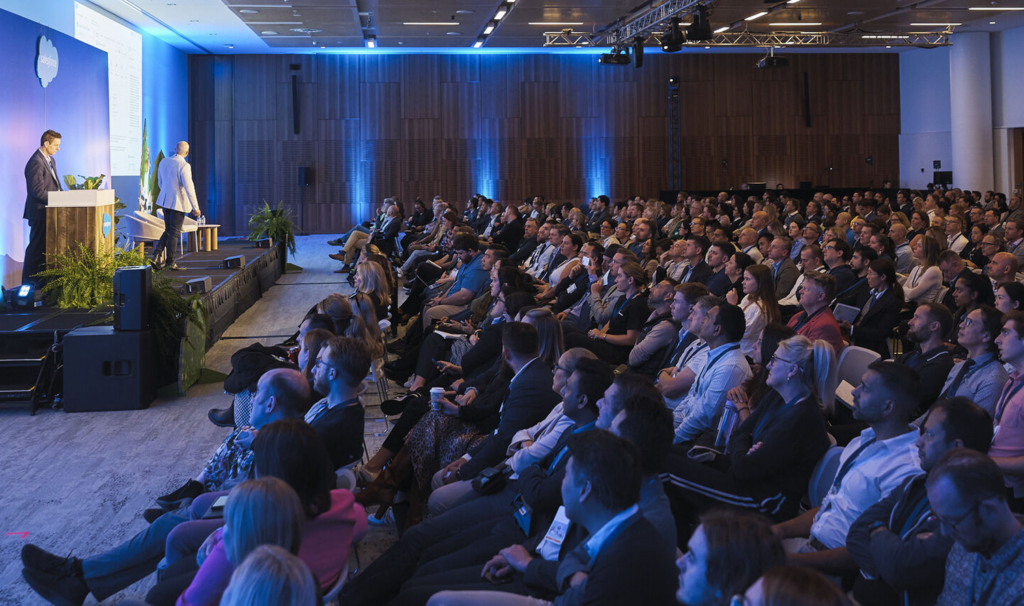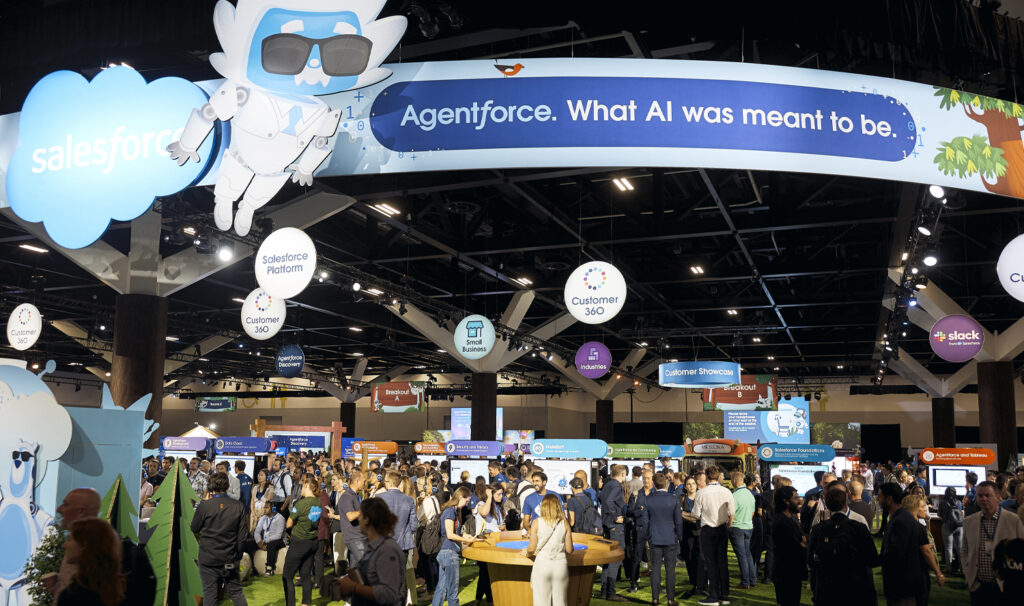During 2020, brand loyalty weakened significantly.
In fact, 76 per cent of us in our consumer lives changed stores, changed brands or changed the channels through which we purchased.
It’s easy to understand why – we couldn’t shop in the way we’d shopped before. We were forced to turn online, and we consequently not only compared prices but the experiences that those brands were delivering too.
Of course, the pandemic merely fast-tracked movements that were already happening in retail. As consumers, we wanted a cohesive, omnichannel experience. If a purchase was made online, we wanted – no, expected – to be able to return it in-store.
If we’d given a company our information online, we expected the in-store team to know everything we’d told them, if the need arose.
We wanted an experience that was personalised to our needs. We wanted a retailer to remember what we’d bought previously and predict what we might need in the future.
However, for many businesses, the online component had initially been established as a separate business unit from the bricks and mortar side of the operation, and information flows between the two were somewhat laboured, at best.
From a customer perspective, the omnichannel approach makes complete sense. If we’ve given over some personal information, we expect something of value in exchange – and a personalised experience is a minimum.
Therefore, the onus is on retailers to put the customer at the centre of everything they do, to capture, analyse and operationalise data to drive personalised experiences and loyalty directly with consumers.
The challenge is to redesign your business around how people live, not what consumers buy, and to compete for shoppers wherever they are and whenever they want to interact with your business.
Retailers that have been able to deliver personalised experiences have seen huge rewards. They’ve boosted revenues, reduced marketing costs and increased both customer acquisition and satisfaction.
If you’re part of a retailer that has not yet got their digital house in order, you’re not alone. While 100 per cent of top-quartile retailers have named omnichannel personalisation as a top-five priority, only 15 per cent of retailers say they have fully implemented personalisation across all channels. So, while there’s work to be done, now’s the right time to do it.
Creating a personalised retail experience
McKinsey estimates that personalisation has helped a number of industry players increase customer lifetime value by between 20 and 30 per cent – and has proven even more valuable in retail sub-sectors with more predictable purchasing patterns, such as household care, packaged foods or beauty products.
At the centre of delivering a personalised omnichannel experience, of course, is technology. A connected solution that spans the entirety of the business, uses artificial intelligence and real-time observation creates 360-degree customer profiles necessary to deliver the insightful, safe and efficient experiences that we expect.
Predictive analytics and machine learning can help create personalised marketing and promotions, leading your customers to their next purchase, driving brand engagement, loyalty and – ultimately – sales.
By collecting and analysing the available data, you can generate deep insights about your customers and build actions based on their behaviour.
Special incentives can be set up to be triggered by a specified occurrence, or initiatives can be created to encourage increased spend – for example, triple loyalty points for spending over a certain amount, or an invite to an exclusive event for people who purchase once a month.
This 360-degree view of how your customer is engaging with your brand can also improve day-to-day operations. It can enable you to predict demand and help you clear excess stock by targeting customers who buy in the categories in which you’re carrying a surplus.
It’s best to automate marketing to include messaging and product recommendations based on behaviour, and include incentives – for example, discounts or exclusive access – to encourage customers to go online and in-store. It’s to your mutual benefit to encourage customers to experience the omnichannel retail you have on offer.
Fast-tracking digital transformation in retail
Over the past year, retail businesses have had to quickly adapt to the challenges and changes that the pandemic has thrown up – and quite simply, as a consequence, customer behaviour has changed forever.
By investing in a digital transformation, you can embark on a staged and managed journey that maps out quick wins and test cases. Ultimately, by integrating personalisation into all of your delivery channels, you can be relevant, helpful and useful – and ensure you’re delivering the experience your customers need and want.
Discover how Simplus can help your retail business drive customer loyalty with personalised engagements.






